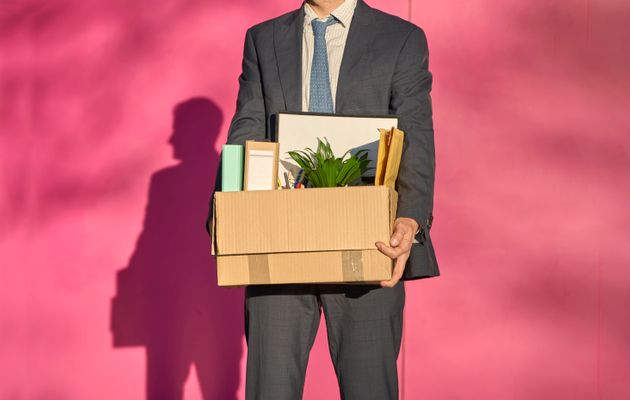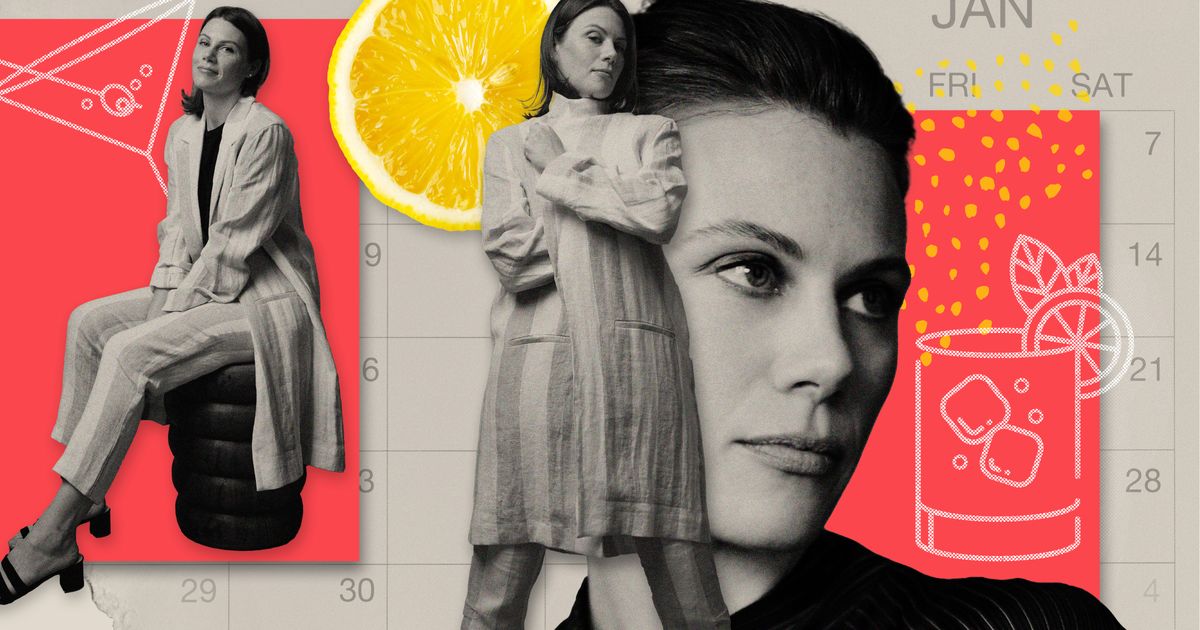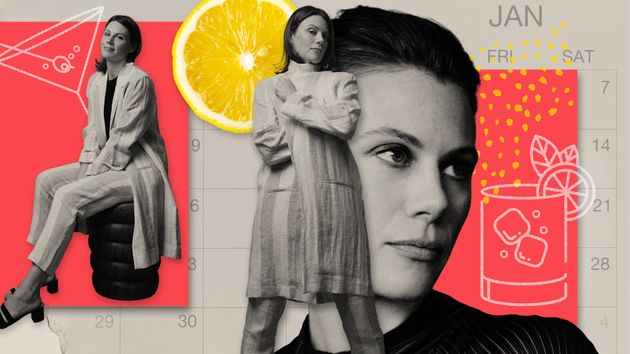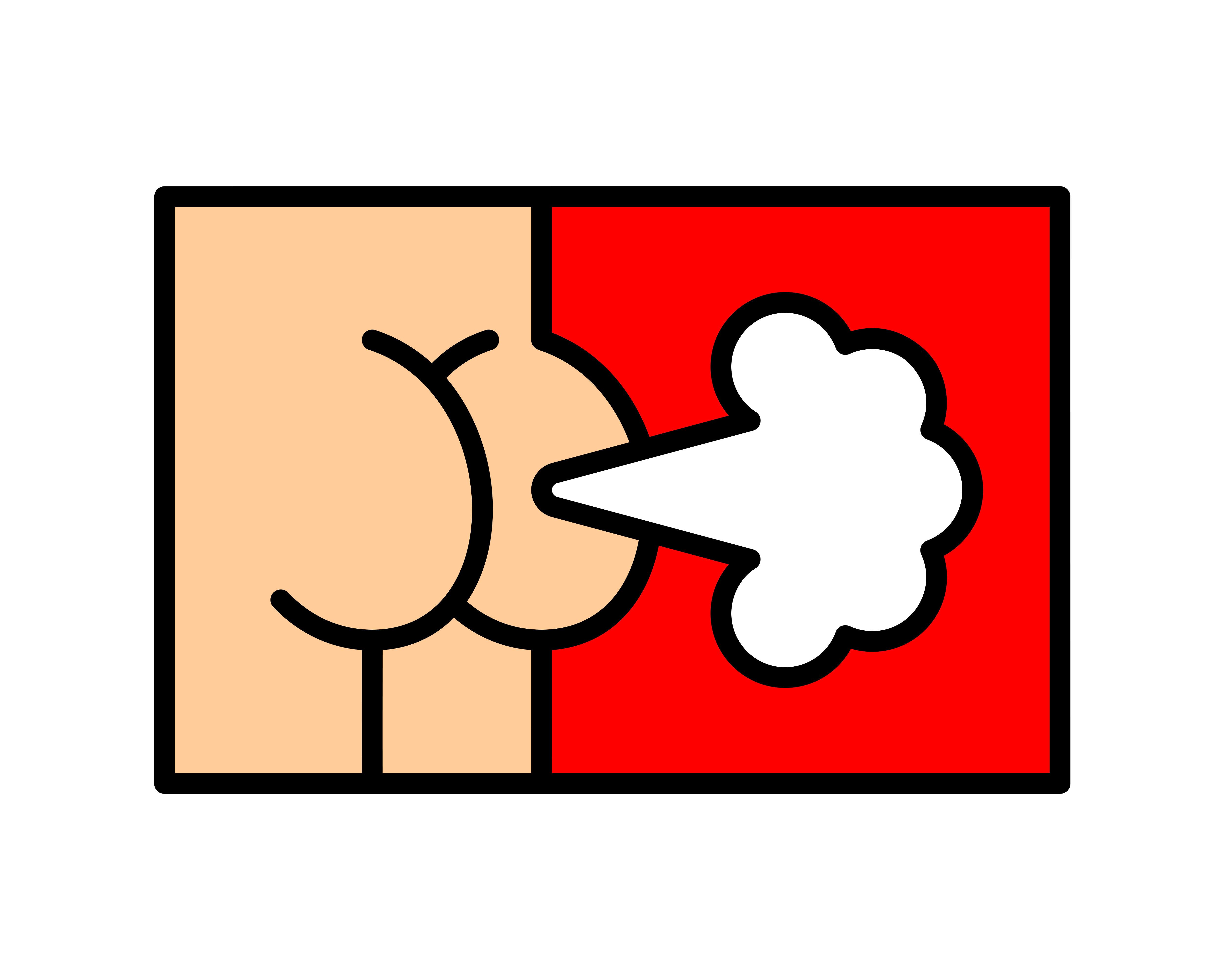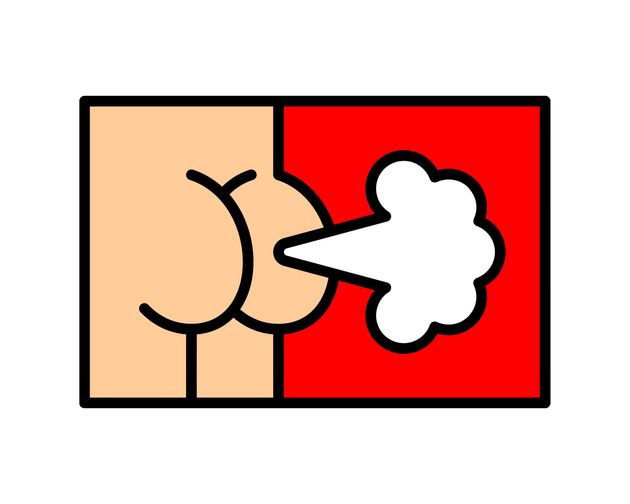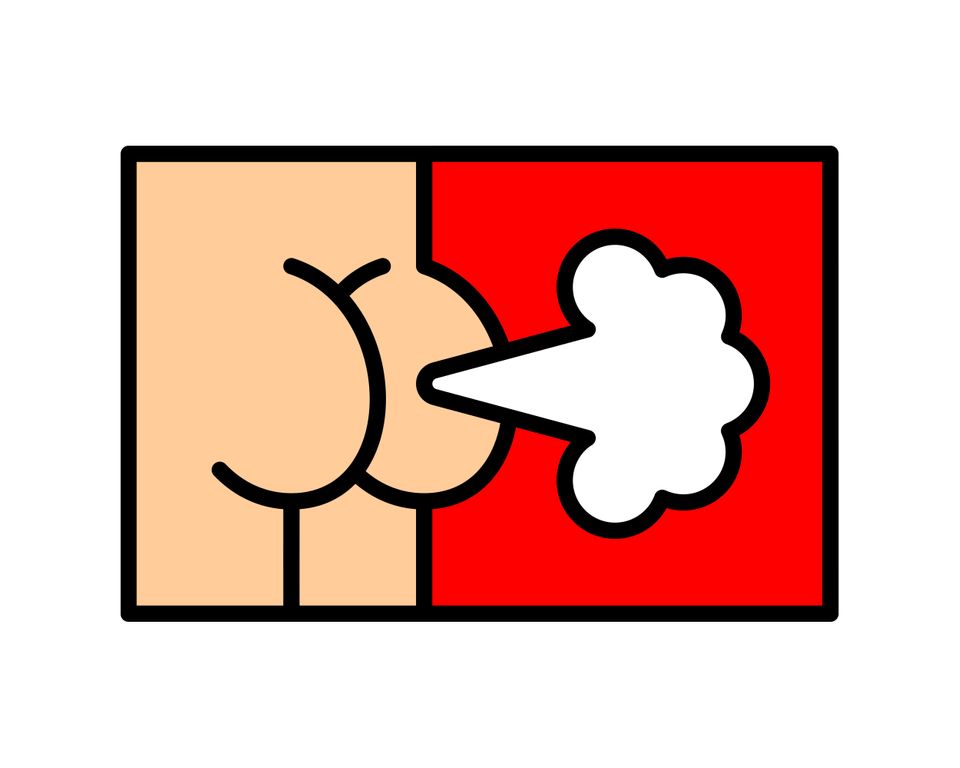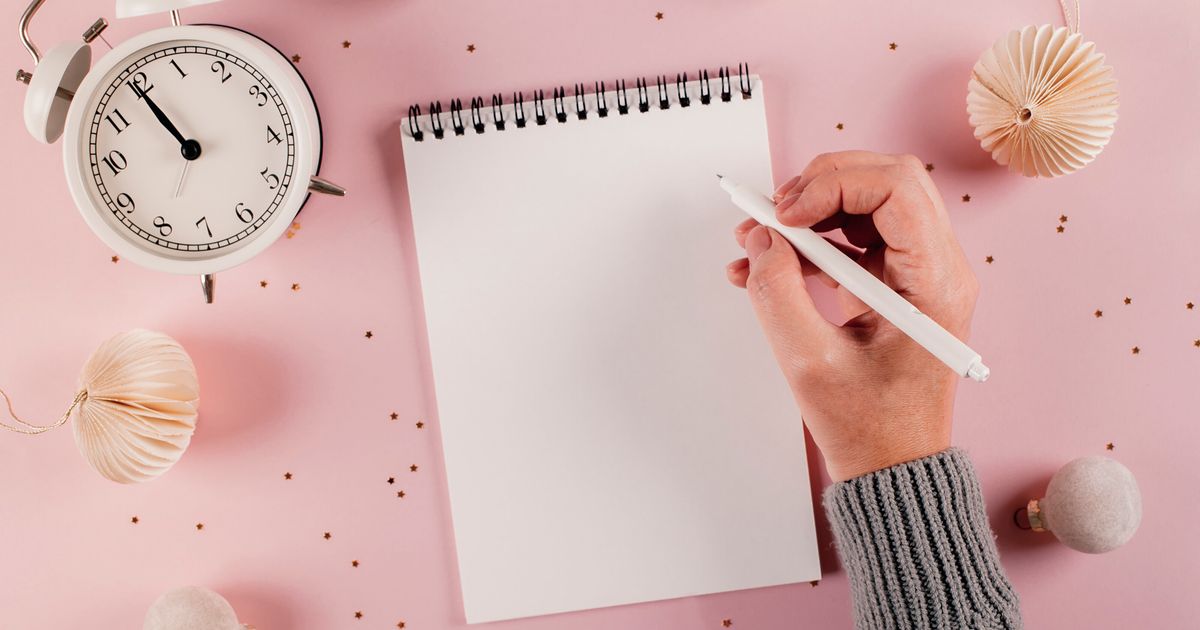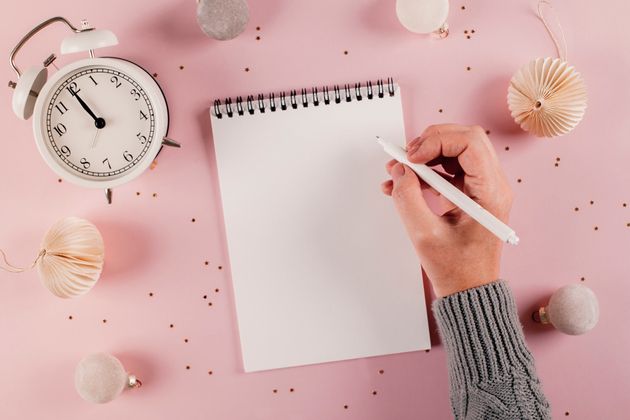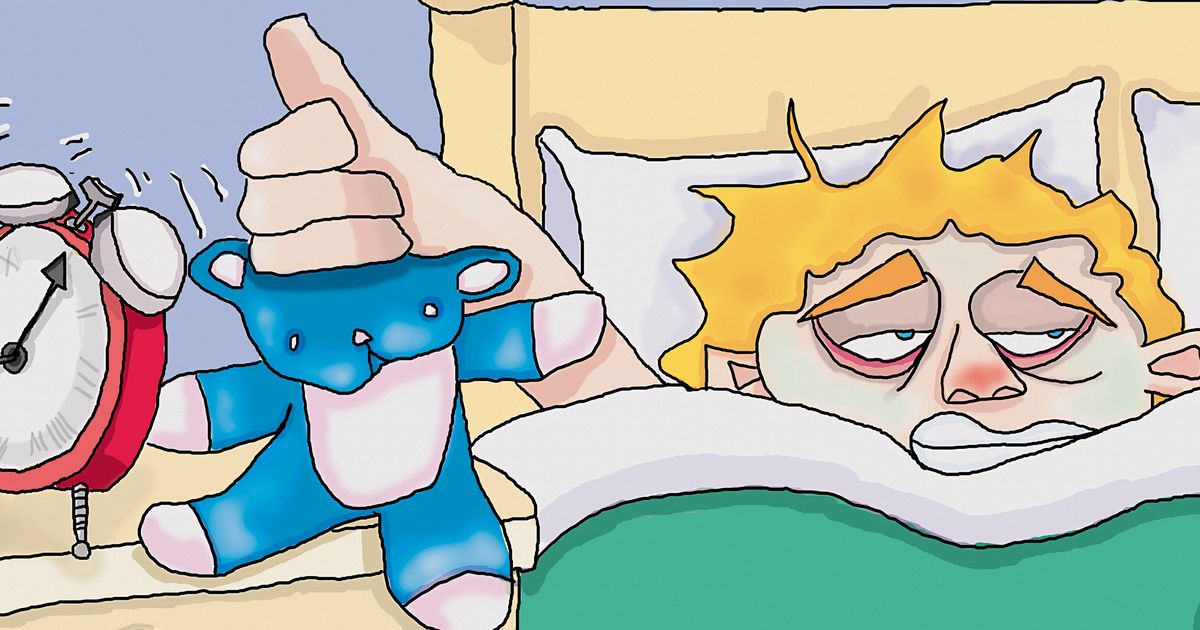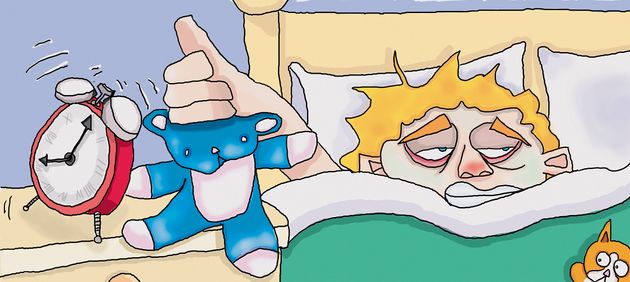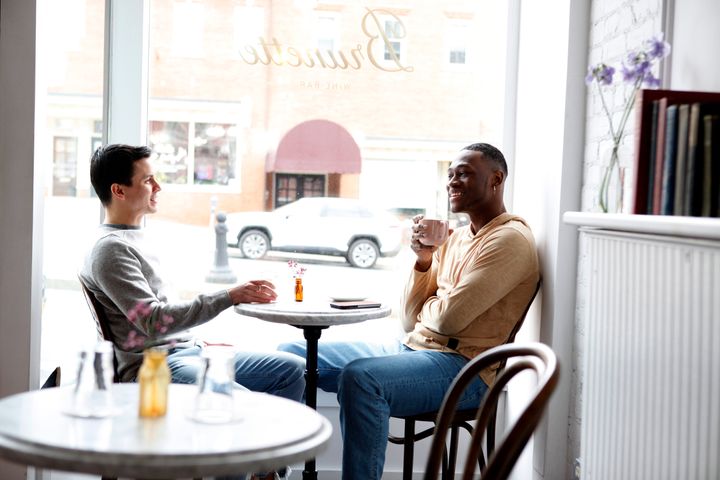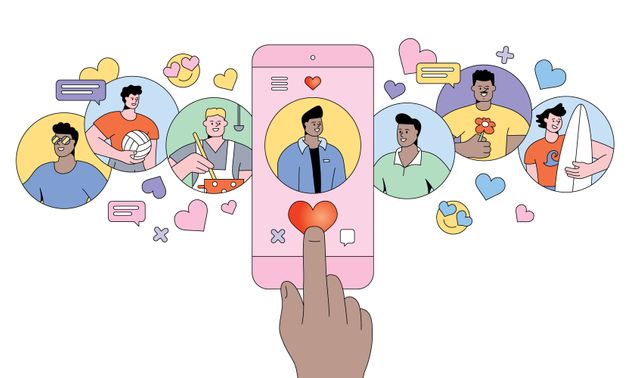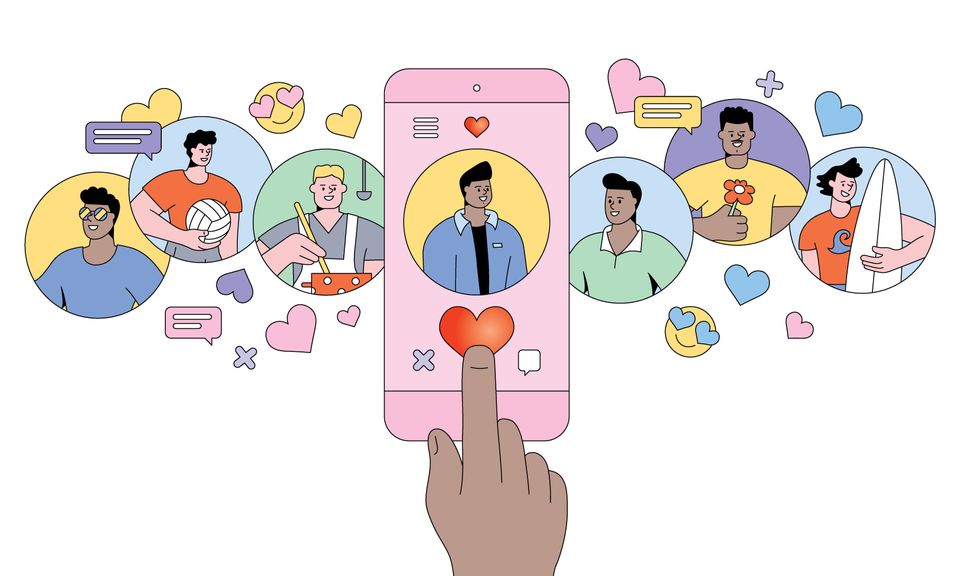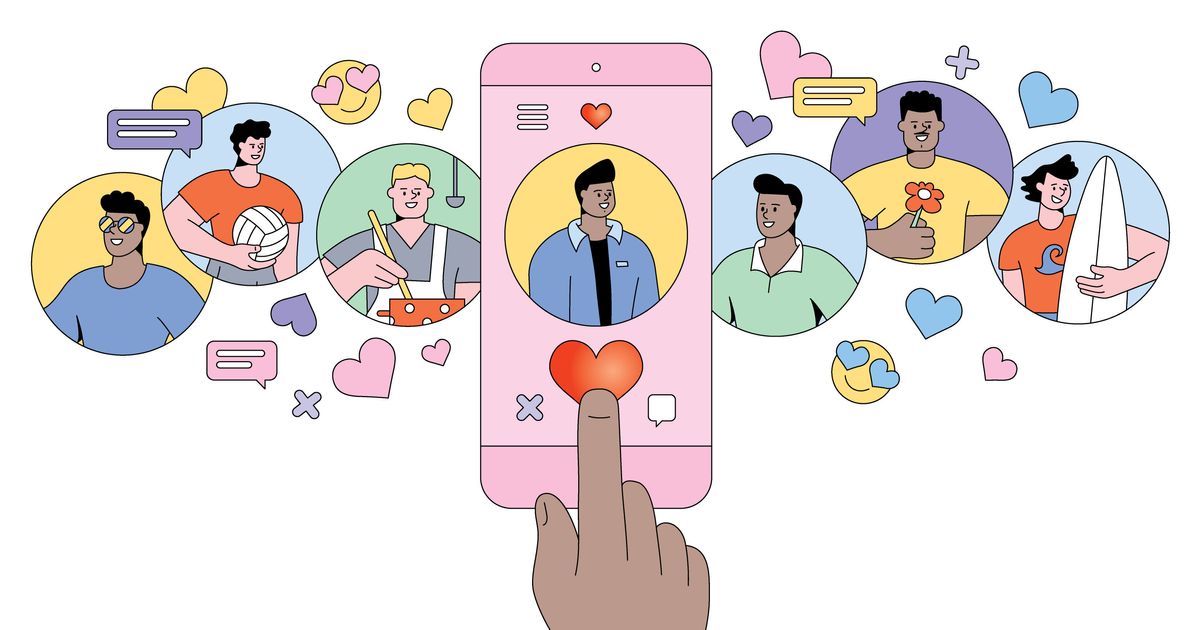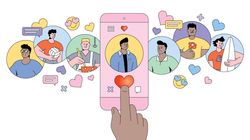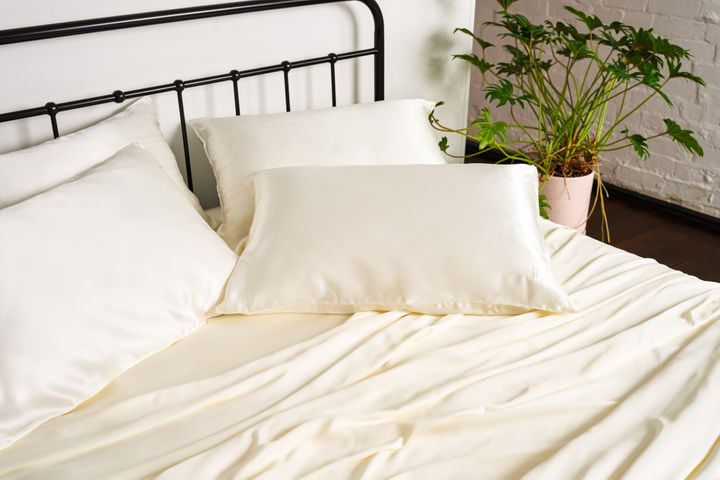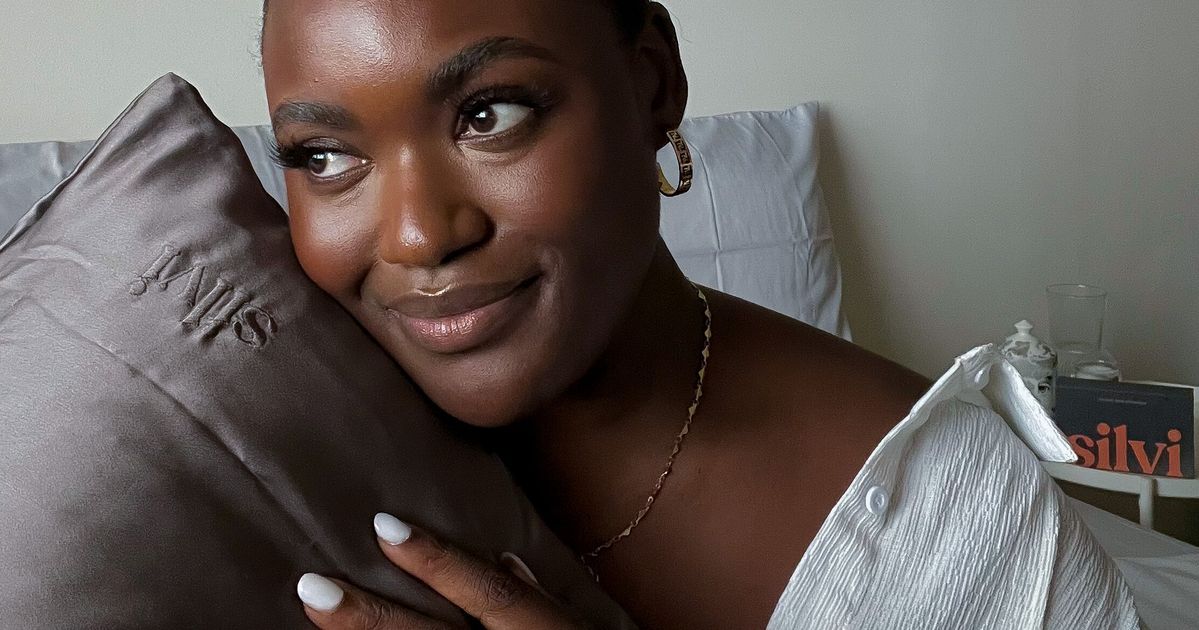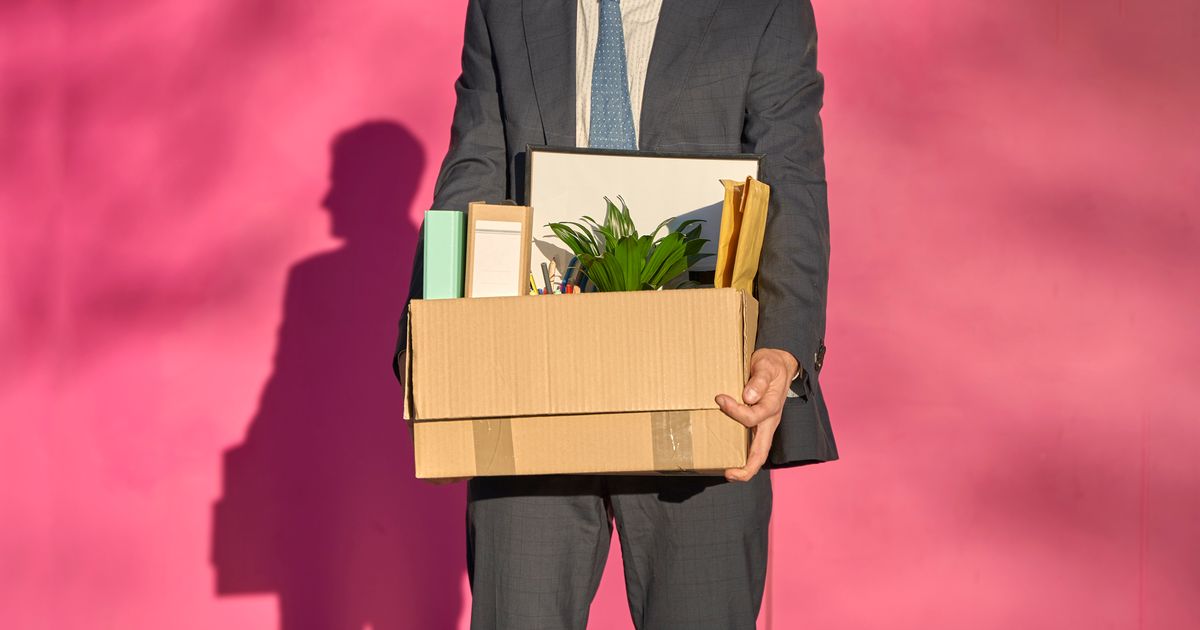
January marks the start of a new year and many fresh beginnings – but it also kickstarts a grim month of layoffs.
In the first week of January alone, Amazon, Vimeo and Salesforce disclosed plans for mass layoffs. In a letter to employees, Salesforce CEO Marc Benioff said the company is cutting 10% of its workforce, explaining it had “hired too many people leading into this economic downturn we’re now facing.”
Advertisement
Over the last 10 years, January has been on average one of the most common months for layoffs, according to the US Bureau of Labor Statistics data. The reason is largely calendar-driven, experts say.
“We often see quite a bit of layoffs in January,” says Sarah Rodehorst, co-founder of Onwards HR, a company that helps businesses conduct layoffs.
“As they analyse their data from the last year, what budgets they have going forward, they really are planning strategies for the year, so there’s often a lot of restructures, reorganisations.”
Rodehorst says she is seeing an uptick in layoffs for the tech, retail, banking and insurance industries in the new year. If a company in those fields hasn’t made an announcement, she says, “chances are there is some planning happening.”
Advertisement
Another reason could be that many bonuses are typically awarded in January, too. “That’s a time when you also give bonuses, and so if you are trying to be mindful and not particularly ethical about who gets those and how much they get, some companies may try to take advantage of this” and lay off eligible employees instead of giving them their bonus, says Sandra Sucher, a professor of management at Harvard Business School who has researched layoffs.
If you’re worried about losing your job this month, that can send you into a spiral of panic and deep anxiety. Take a deep breath and plan accordingly. Here’s how to deal if you know or suspect a layoff is coming.
Recognise first that these intense feelings are totally normal
Losing a job is among the most psychologically stressful things we ever go through. One study asked 112 professionals to do a retrospective checklist of their most stressful life events, and losing a job as head of the household ranked above divorce, hospitalisation due to illness or injury and the death of a close friend.
Something that can help alleviate the anxiety? Focusing on what you can control instead of worrying about whether you will be laid off on some uncertain date. The decision to lay you off may have already been made weeks ago, so Gregory Tall, a workshop facilitator who coaches managers, does not recommend “working your tail off” in an attempt to be spared.
If you have heard rumours about layoffs coming, Tall instead advises assuming that you will be laid off and planning for that future. “It’s easier to cease all preparations than to begin all preparations if you don’t,” he points out.
Calculate your finances and document what you want to save now. This is the time to calculate and save for your emergency fund. Tall says to ask yourself, “Am I immediately in trouble? Because if so, I need to think right now about how to generate income.”
Advertisement
And while you have a job, save client testimonials and past performance evaluations that will aid you in a future job hunt. If you believe you may lose your job for discriminatory reasons, legal experts advise documenting everything now so that if you are suddenly let go, you can be prepared to take your evidence to a lawyer.
Reflect on what you’re good at and what you want to be good at. Losing a job can also be a time to reset and do a career pivot. If you do not know what you want to do next, Sucher recommends take a week or two to note which company stories interest you, what industries they are in, and what it is about them that interested you.
And if you have trusted colleagues, try asking them about your strengths. When she was contemplating a career move from Fidelity Investments to the faculty at Harvard Business School, Sucher says she asked trusted co-workers, “What was I good at?” to get insights that were helpful and sometimes surprising.
This exercise can also be a much-needed boost to your confidence.
“If you do get laid off, that is an assault to your ego,” Sucher says, noting that questions of “Why was I chosen when they weren’t?” are painful, regardless of how quickly you find your next job. “The people who do best at recovering from layoffs are people – and this is demonstrated from research – who have a positive mindset and they don’t blame themselves for the fact that they got laid off.“
See it as an opportunity to job-hunt. Although January is a month with heavy layoffs, it’s also a month where you are more likely to get a new job, too. Rodehorst says it’s the month where companies make the most new hires.
“A company that may be having layoffs may also be hiring in other areas,” she says, adding later that, “It’s the month with the highest level of change. The hiring and firing side, just as companies look to restructure their organisation and plan for the future.”

